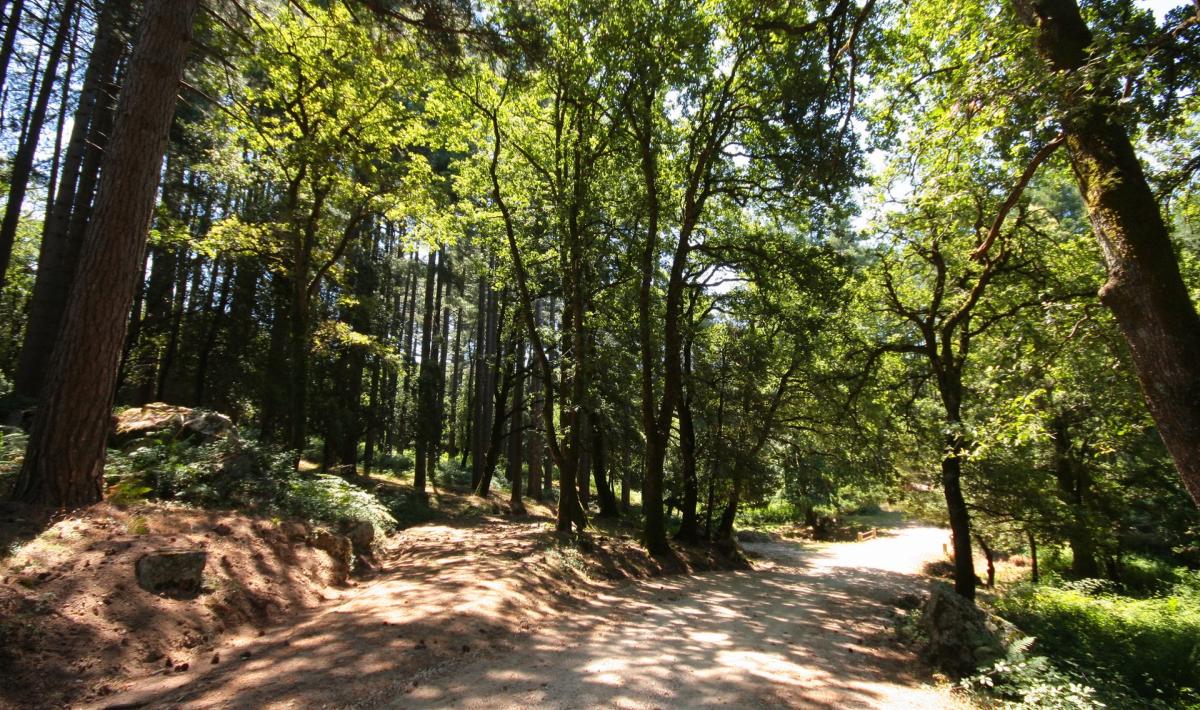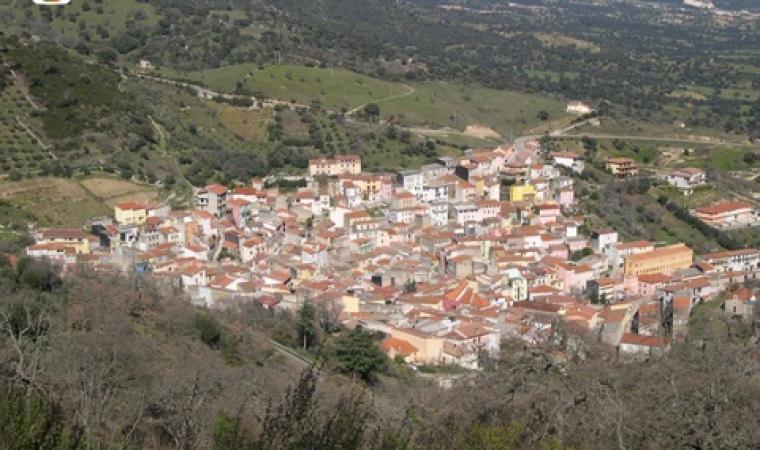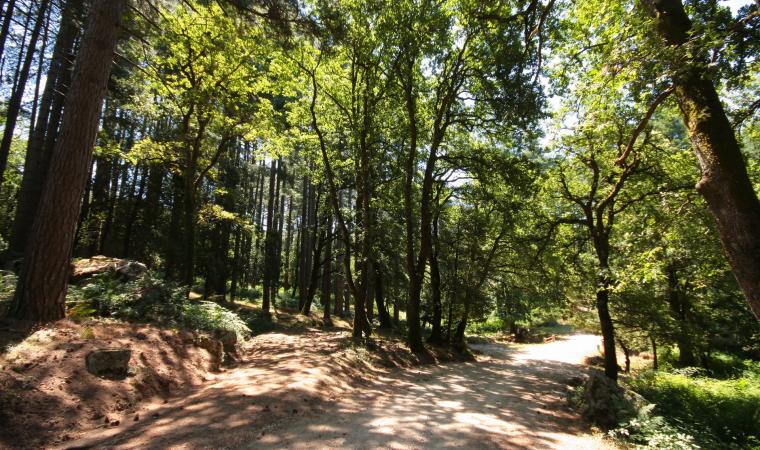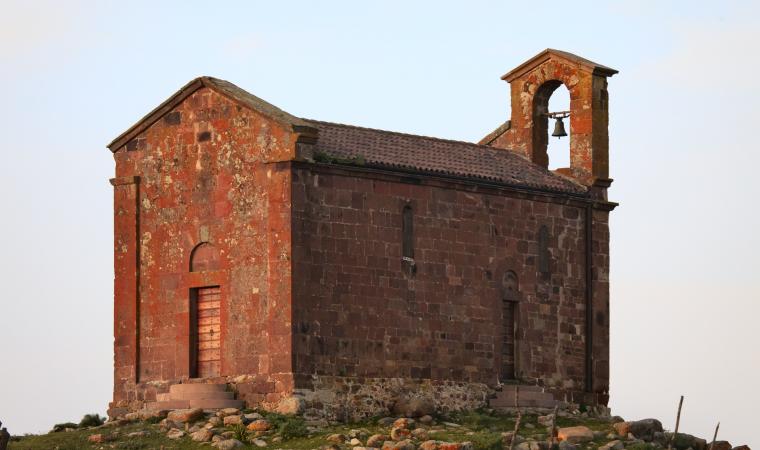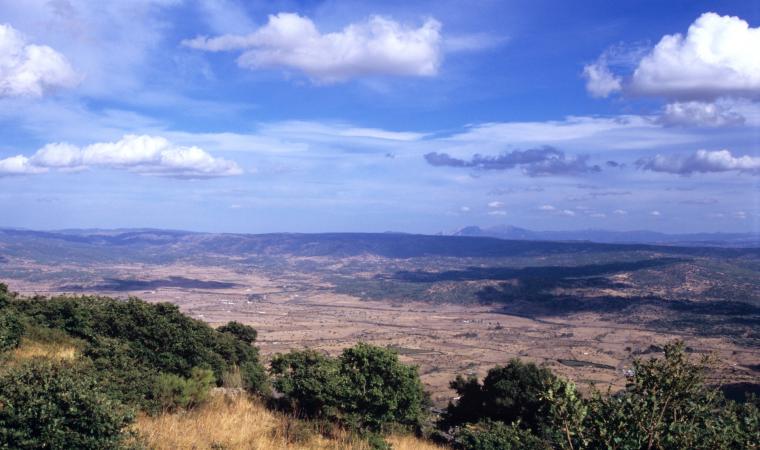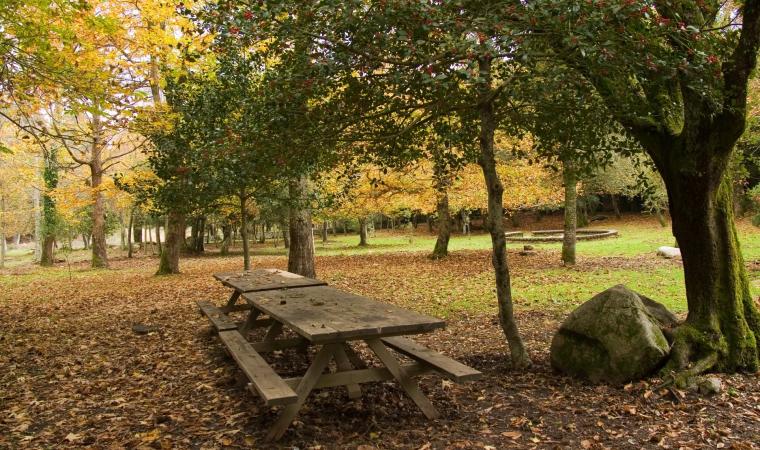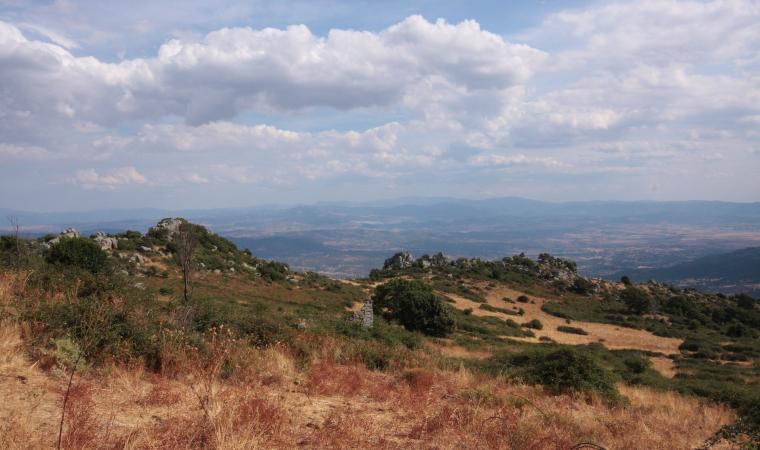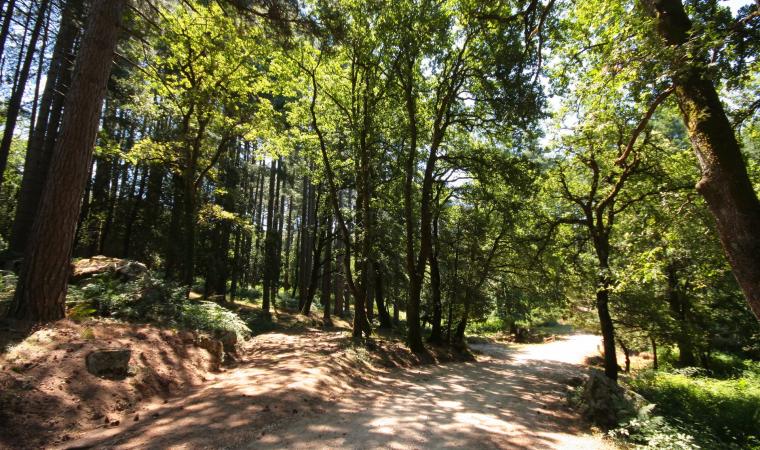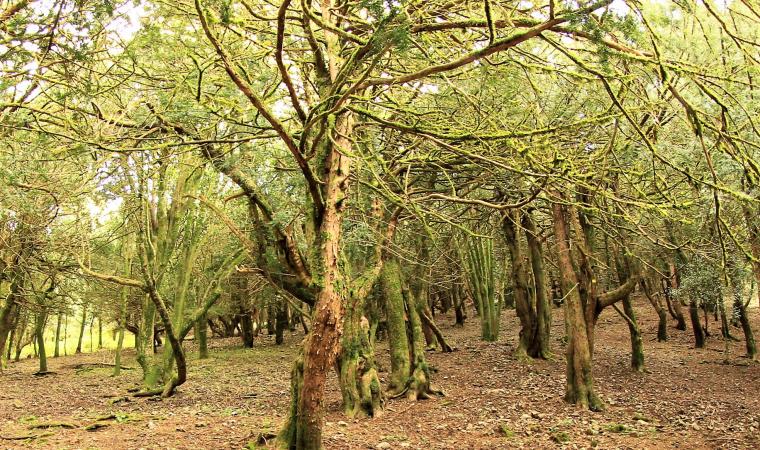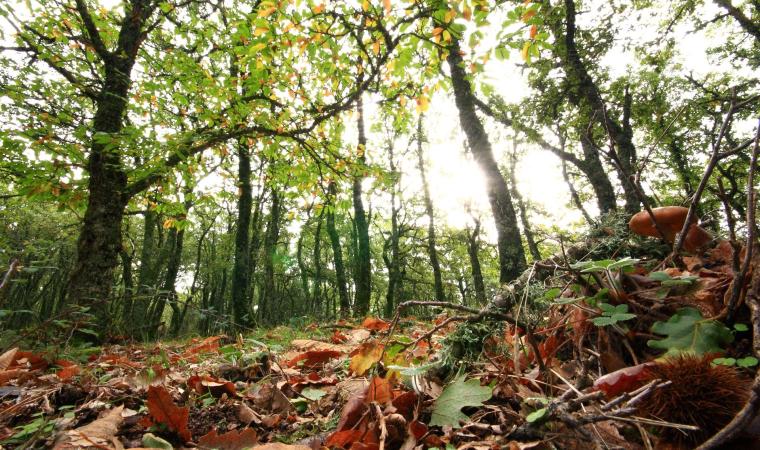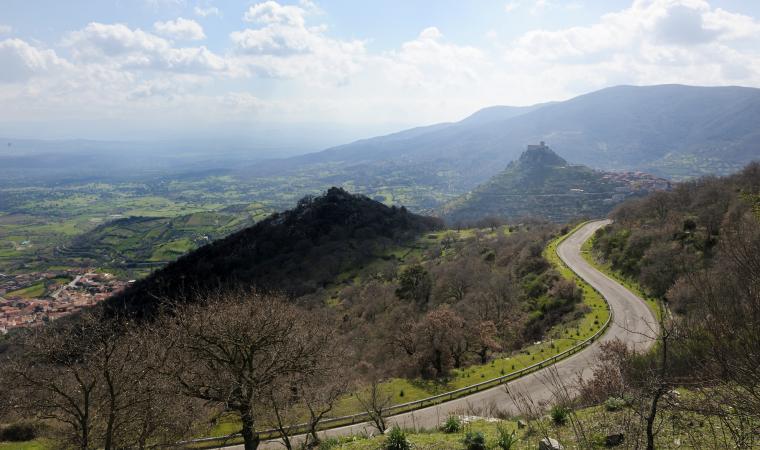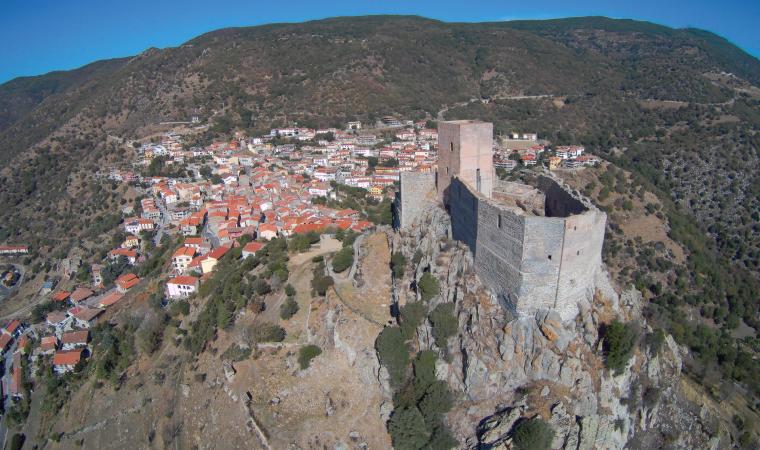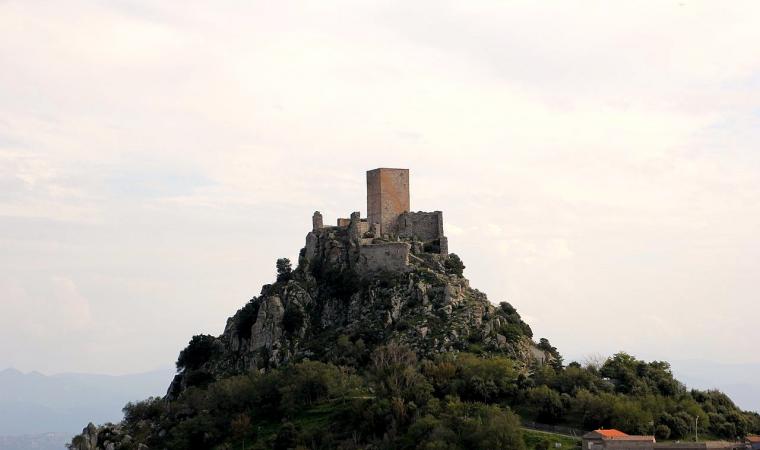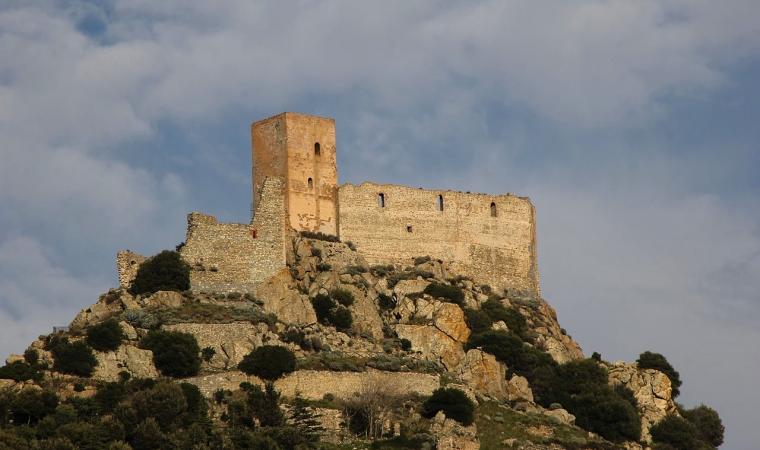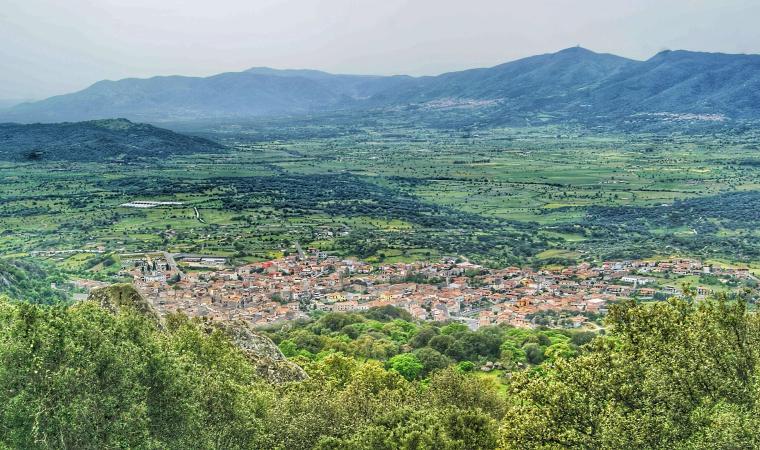The modern-day town centre was probably founded just before the year 1000, in an area where the town of Usulvì once stood, famous for a Camaldolese convent and destroyed in the early Middle Ages. Bultei is an old agricultural town with around 1000 inhabitants in the Goceano area, in the foothills of the Marghine mountain chain and on the border with the province of Nuoro. The area is mainly mountainous, and has traces of settlement dating back to the Neolithic, including several domus de Janas and other Bronze Age Nuraghic remains. The most interesting is the Tilariga Nuraghe, dating from the 15th to 11th century BC, which stands on a small hill above the town, formed of a central tower and a bastion with another three towers.
The town has a distinctive layout: the houses are set out in a horseshoe shape, set against the sides of the deep valley of the Rio Tortu, which flows into the River Tirso. There are numerous 19th century buildings in the town centre. Bultei's natural resource is the excellent quality cork worked by local craftsmen, while the town is surrounded by one of the few surviving original forests of northern Sardinia. Natural springs can be found amongst the holms, downy oaks and oaks: the Soletta and Spedrumele springs were the main source of water for the population up until the late 20th century. All the surroundings stand out for their greenery: Mount Paidorzu is a wooded area that can be reached by easy paths. The sa Fraigada building is located along the "peaks road" towards Pattada, surrounded by a yew forest; nearby is the Fiorentini forest, from which you can admire a splendid panorama over the surrounding valleys. Here, don't miss a visit to the small church dedicated to the Madonna di Fatima. Talking of rural sanctuaries, at su Campu, near Bultei but in the territory of Benetutti, you'll find the Church of San Saturnino di Usolvisi, in Romanesque style, dating back to the 12th century, donated to the Camaldolese monks by the Bishop of Castro, built with blocks of red trachyte on the foundations of a Nuraghe. Right by the church you'll find the renowned spa resort of San Saturnino, on the site of the Roman baths known as Aquae Lesitanae (from the ancient town of Lesa), which can still be visited today.

